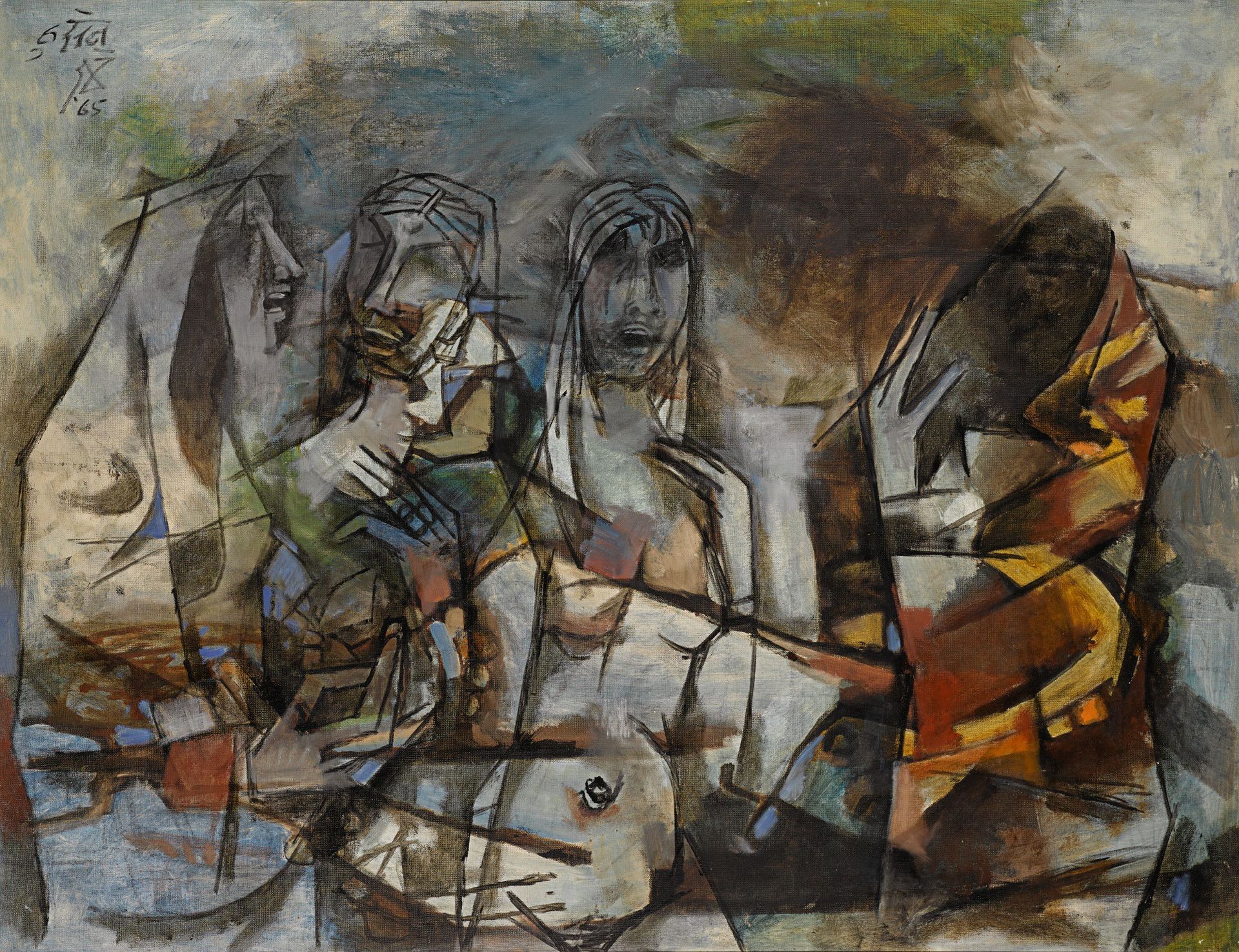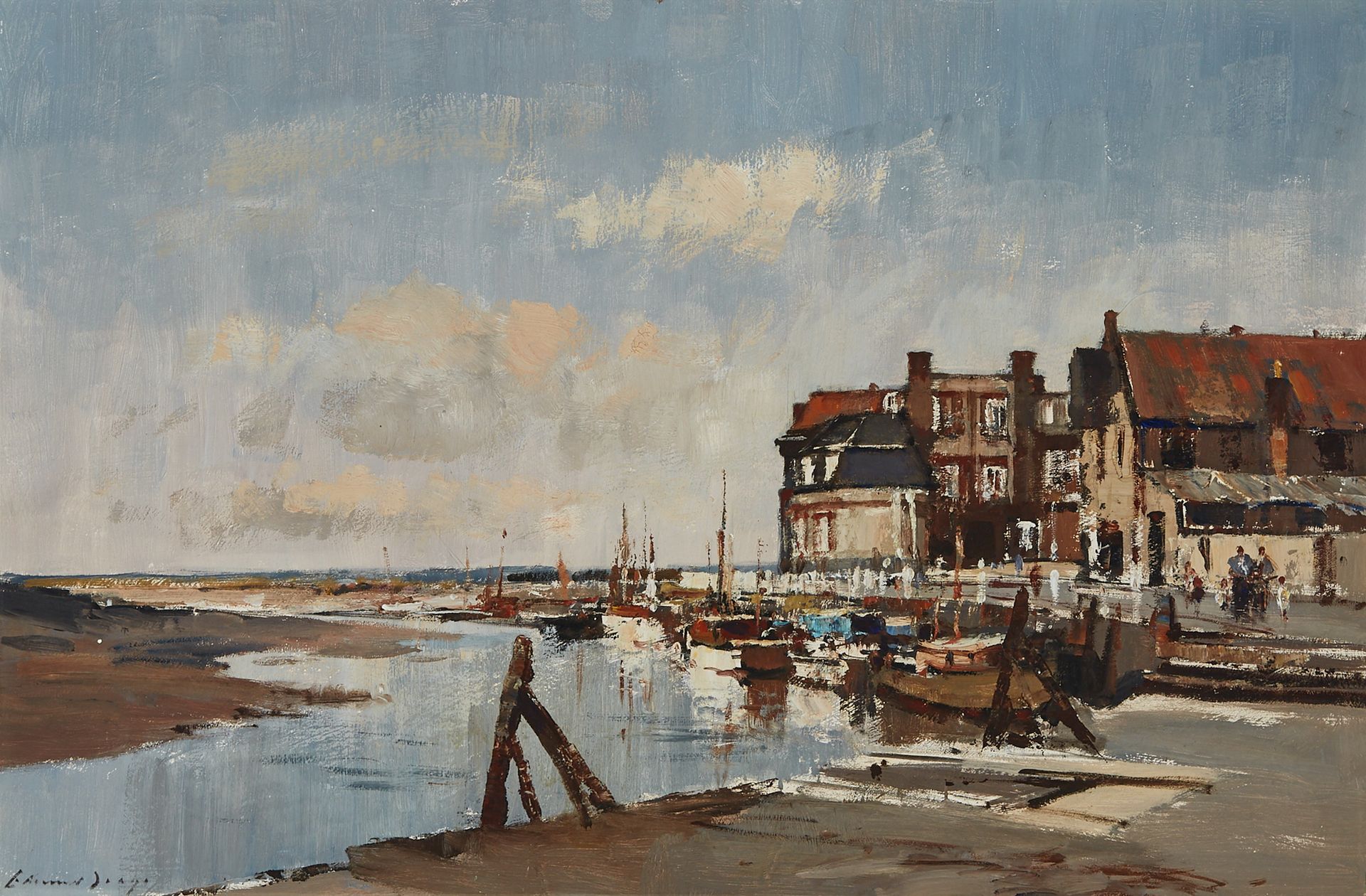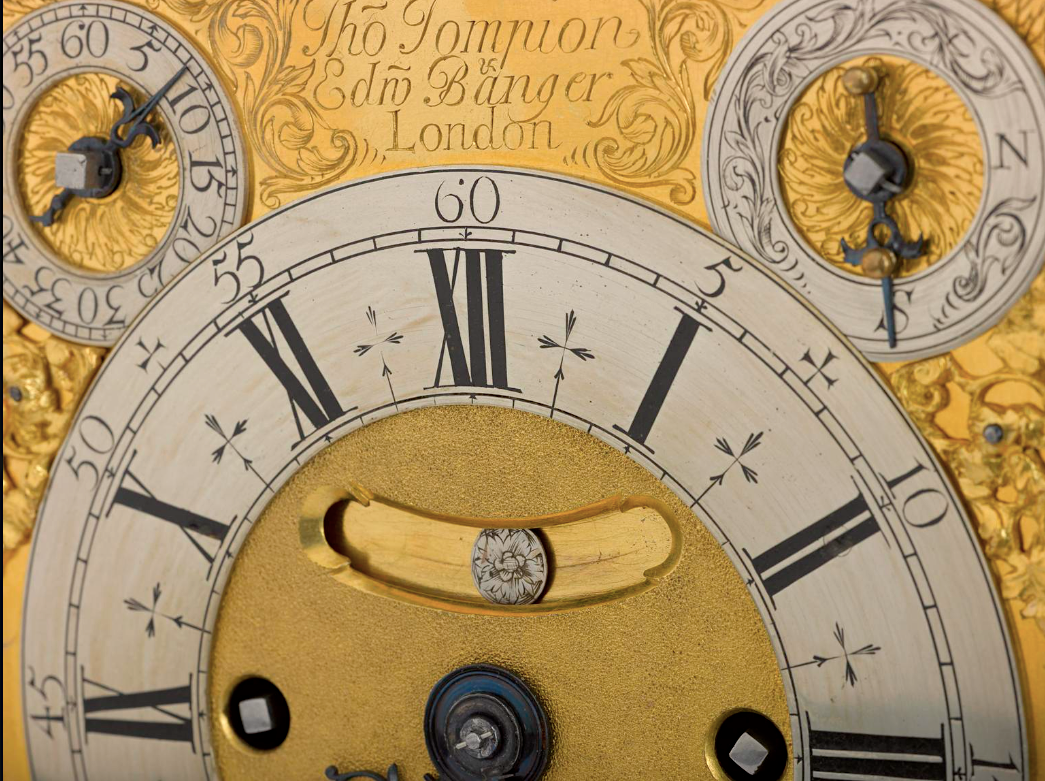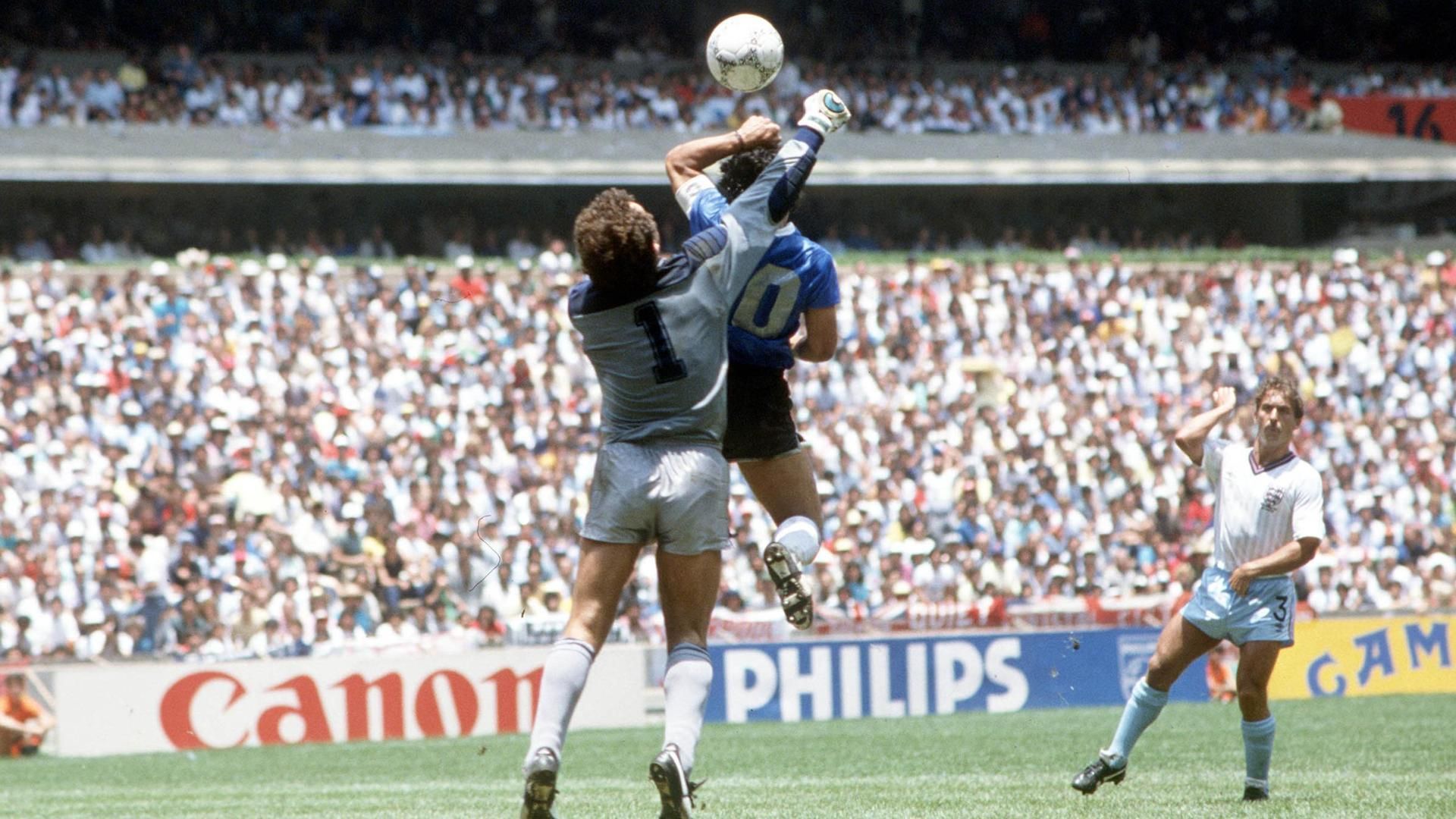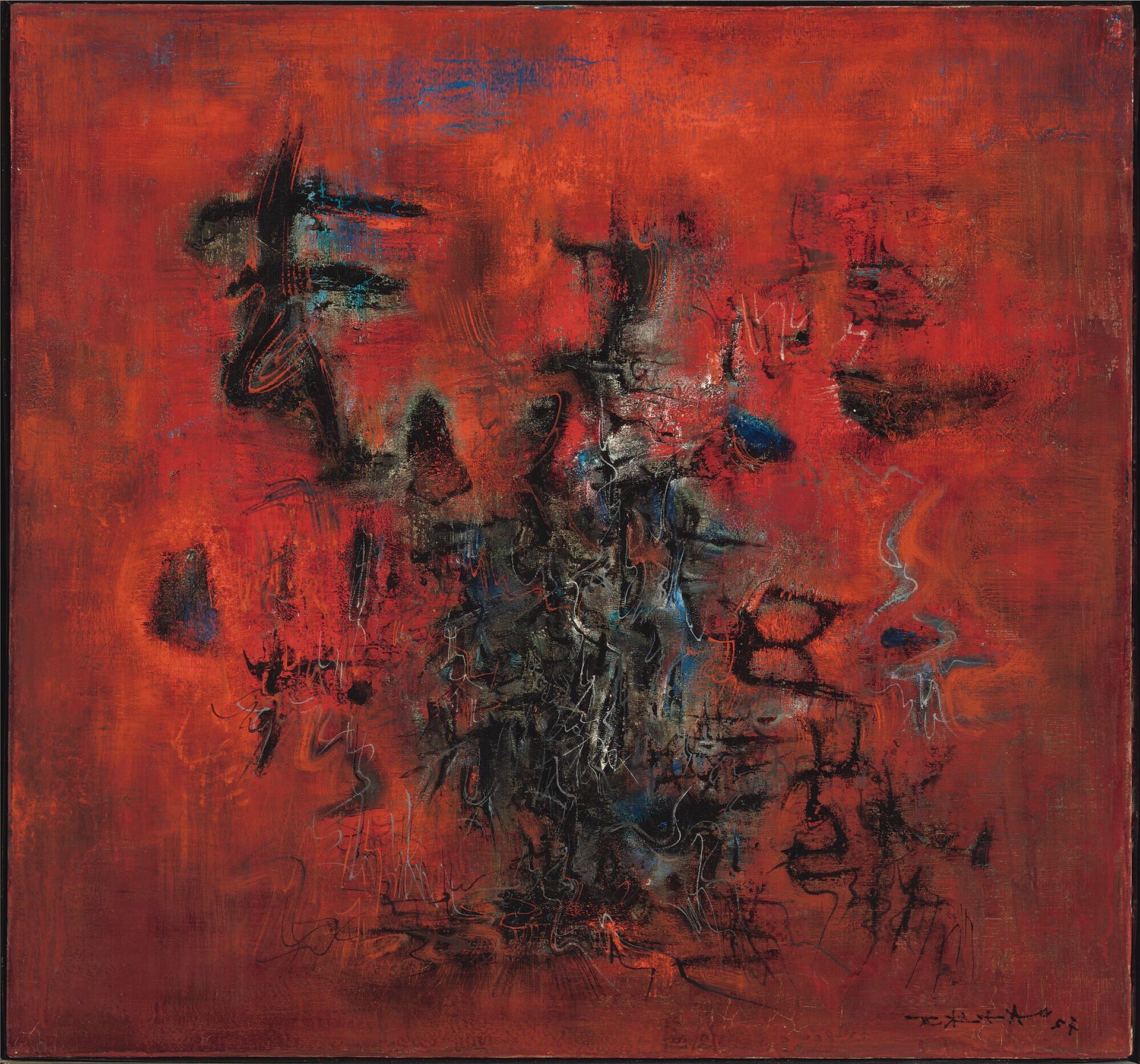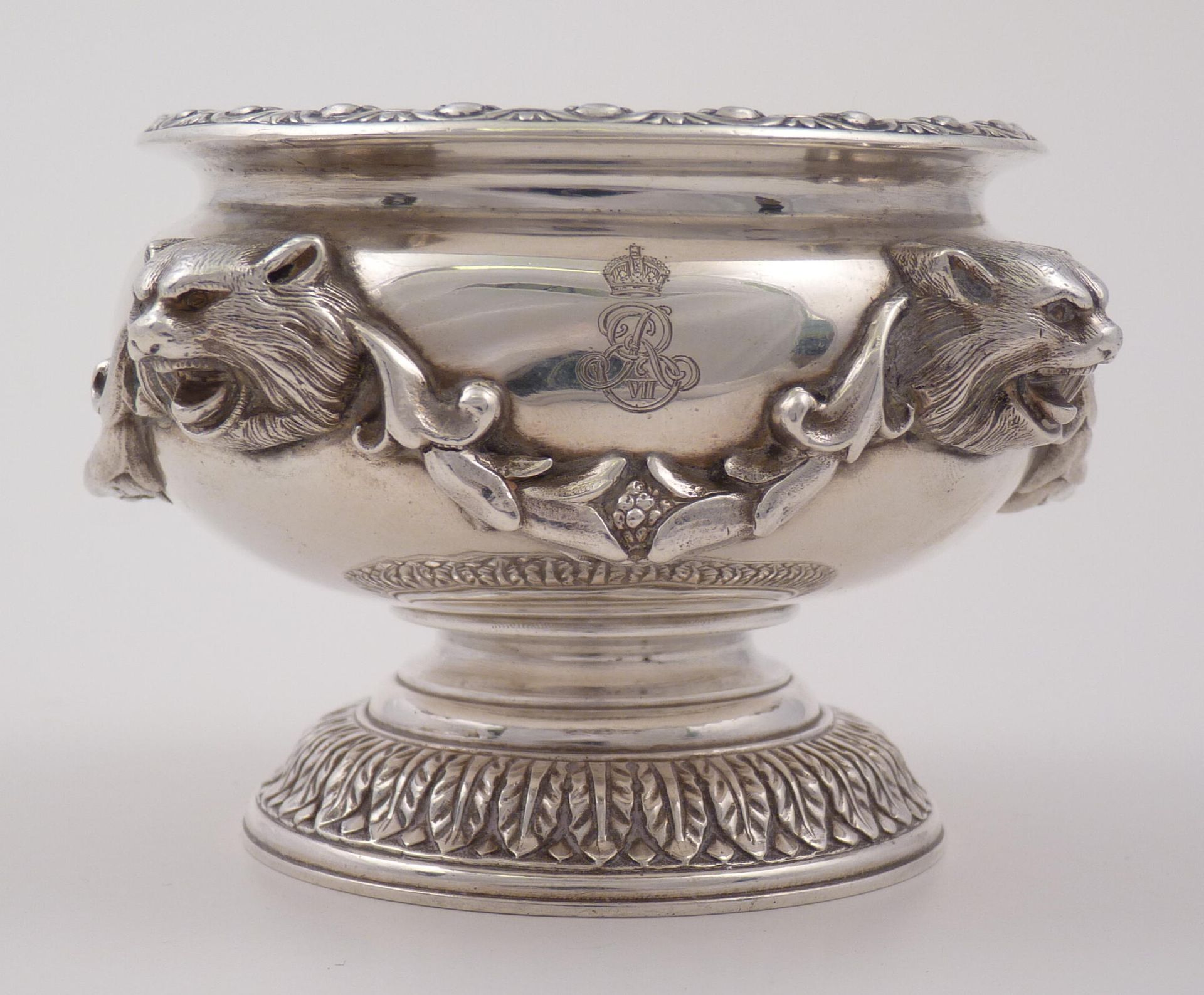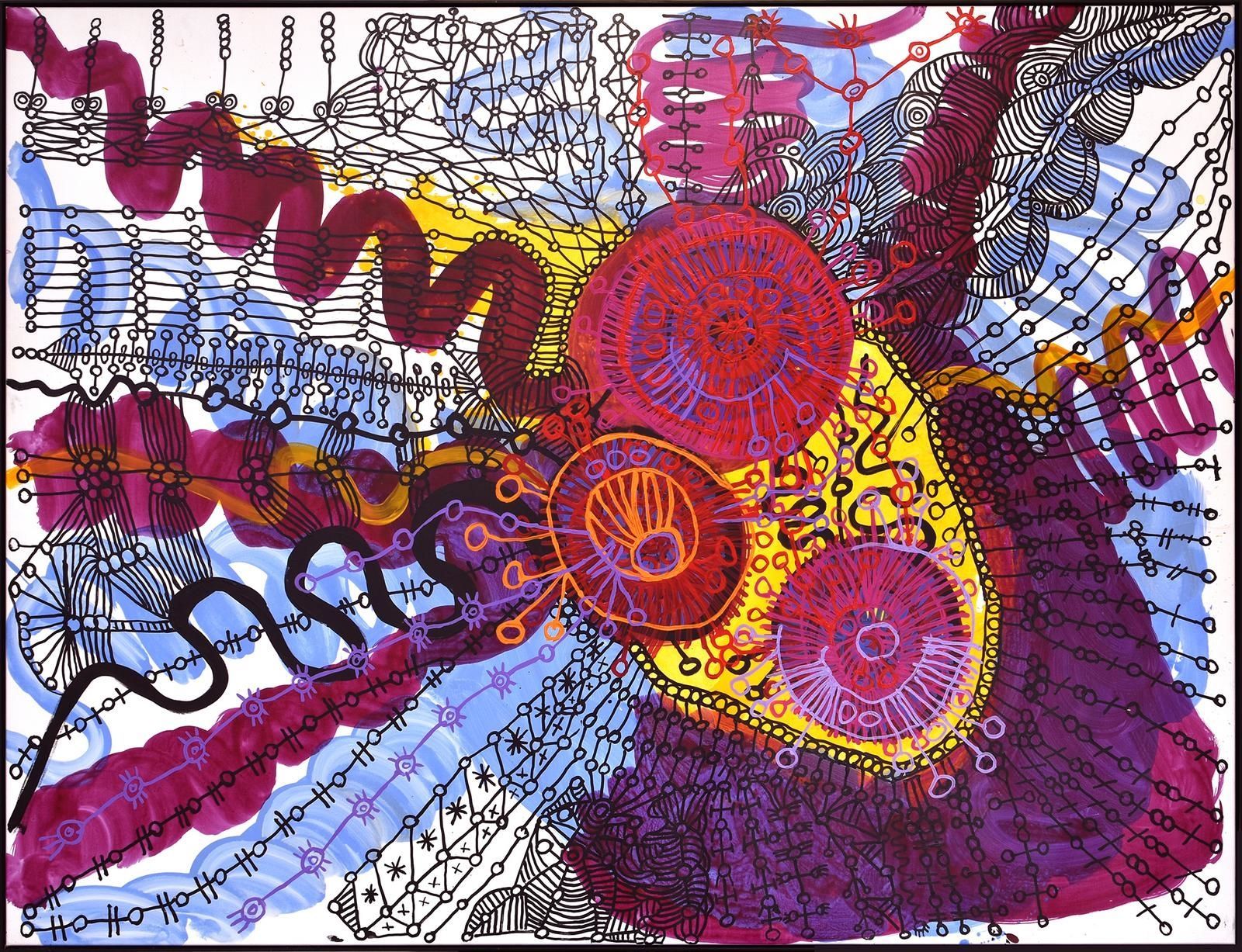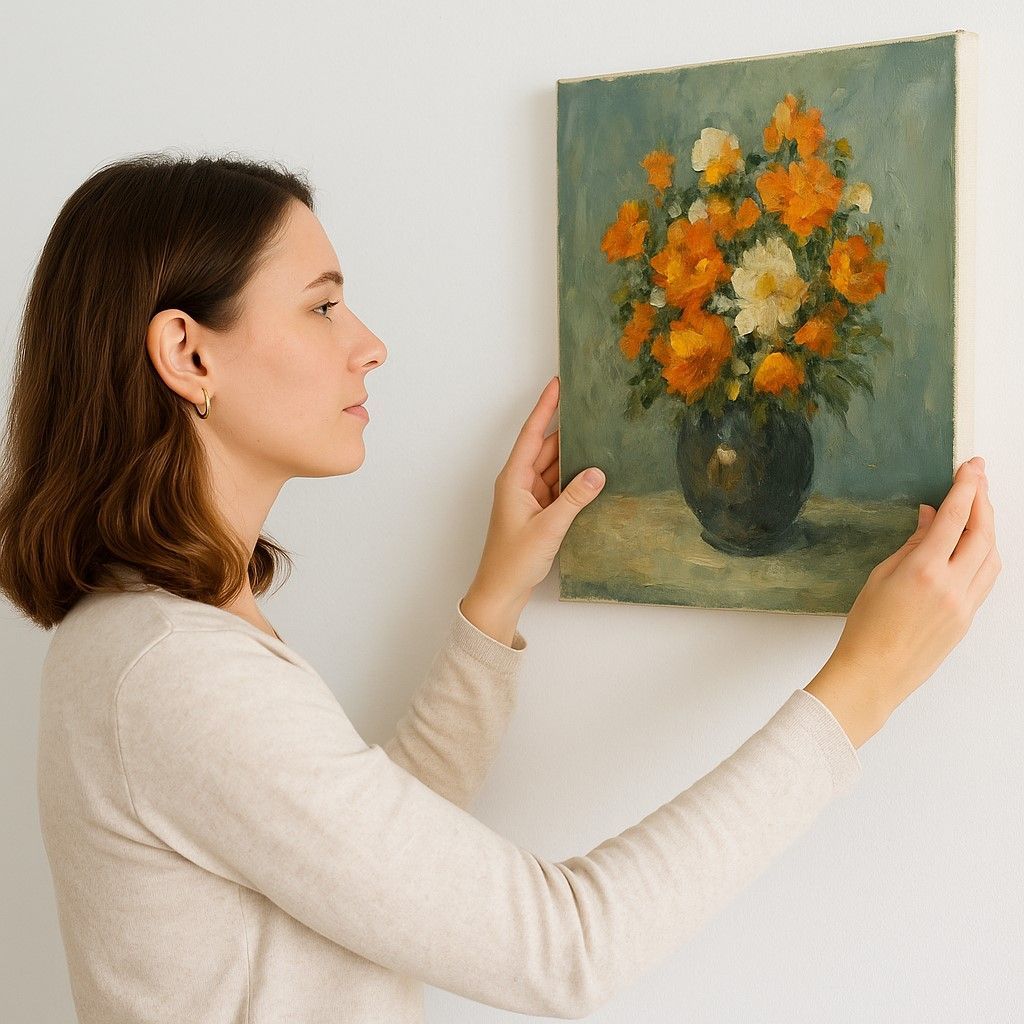Share post
The Impact of AI on Art and Antique Valuations
In the ever-evolving landscape of the art and antique market, the integration of artificial intelligence (AI) has emerged as a transformative force, reshaping the way valuations are conducted. AI technologies, with their ability to analyse vast datasets, identify patterns, and make data-driven predictions, are revolutionising the traditionally subjective world of art valuation.
Since the Pandemic, the continued shift in confidence in online investing in art has increased with rapid growth in online auction and gallery sales. With this increase in available data, machine learning algorithms can process massive amounts of historical sales data, exhibition records, and market trends, enabling a more systematic and quantitative approach to valuation.
AI-powered valuation tools offer the potential to minimise human bias and errors, providing a more consistent and reliable valuation process. Traditional appraisals often involve a degree of subjectivity influenced by personal preferences, art market trends, or even the reputation of the artist. AI, on the other hand, relies on empirical data and statistical models, reducing the impact of individual biases and ensuring a more objective appraisal.
While the integration of AI in art valuations offers numerous benefits, it is not without its challenges and ethical considerations. One of the primary concerns is the potential oversimplification of the valuation process. AI algorithms, while powerful, may struggle to capture the nuanced qualities that make certain artworks truly exceptional. The subjective and emotional aspects of art appreciation, which often contribute to an artwork's value, may be overlooked by purely data-driven models.
Another challenge lies in the inherent bias within historical datasets. If these datasets predominantly feature artworks from specific regions, styles, or artists, the AI models may inadvertently perpetuate existing biases, hindering the diversity and inclusivity of art valuations.
Despite the challenges, many experts argue that the most promising future lies in a collaborative approach where AI augments human expertise rather than replacing it. AI can handle the heavy lifting of data analysis, leaving valuers more time to focus on the nuanced aspects of art assessment.
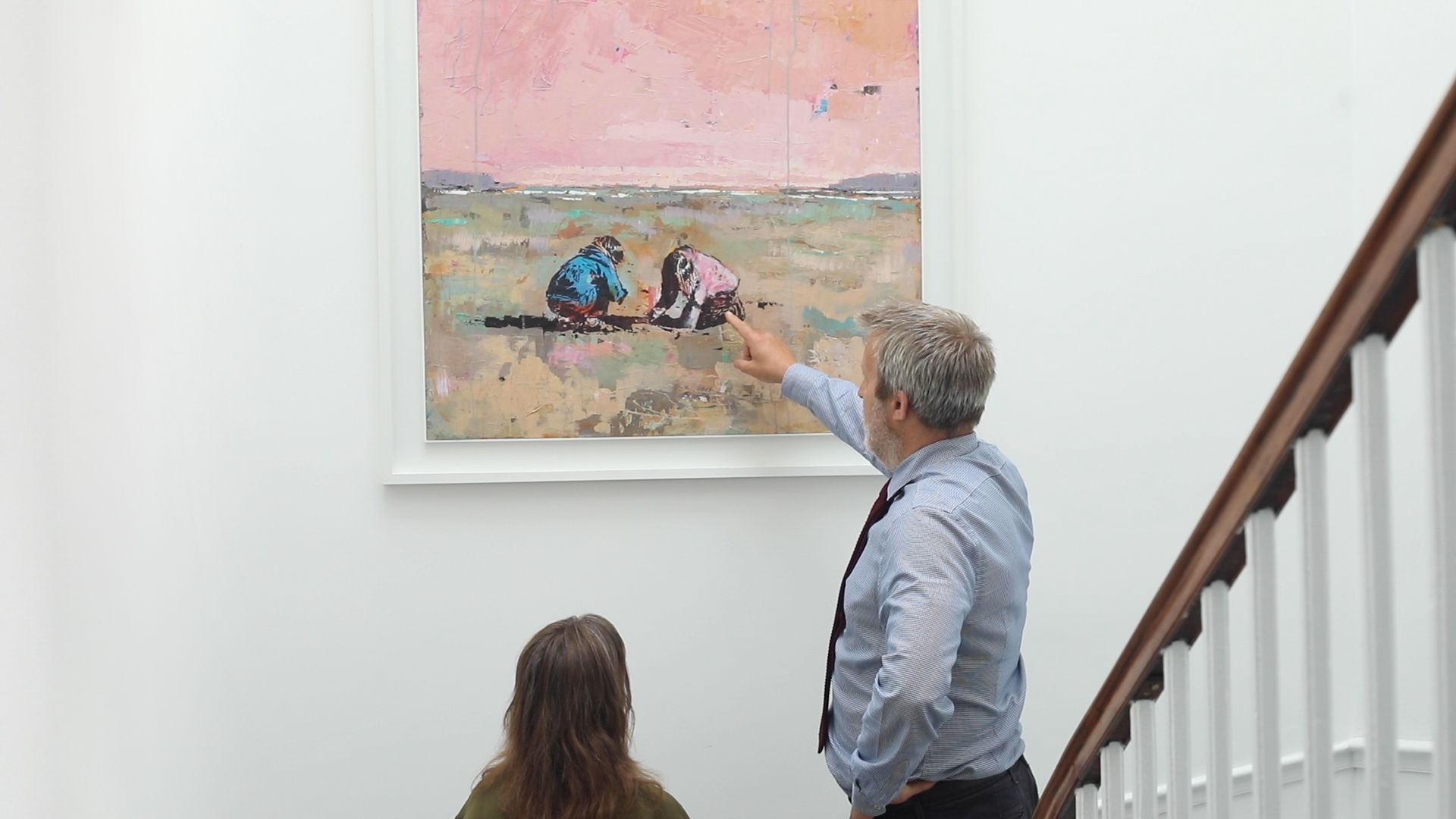
This would mean that physically examining the artwork is still vitally import as it allows condition, subject matter and unrecorded data or provenance to be taken into consideration when attributing value. This collaborative model ensures that the unique qualities of each artwork are considered alongside the quantitative data, striking a balance between objectivity and subjectivity.
Conclusion
Art valuation has long been a complex and nuanced process, relying heavily on the expertise of seasoned valuers and their subjective interpretations. However, AI has introduced a new era of objectivity and efficiency. As technology continues to advance, the art market and valuers must adapt to harness the full potential of AI while preserving the essence of human expertise and appreciation.
The integration of AI into the world of art and antique valuations represents a significant paradigm shift. While challenges and ethical considerations persist, the potential benefits in terms of accuracy, efficiency, and objectivity are too compelling to ignore.
This article was written by Mark Smith, Managing Director at Quastel Associates with the assistance of AI.

